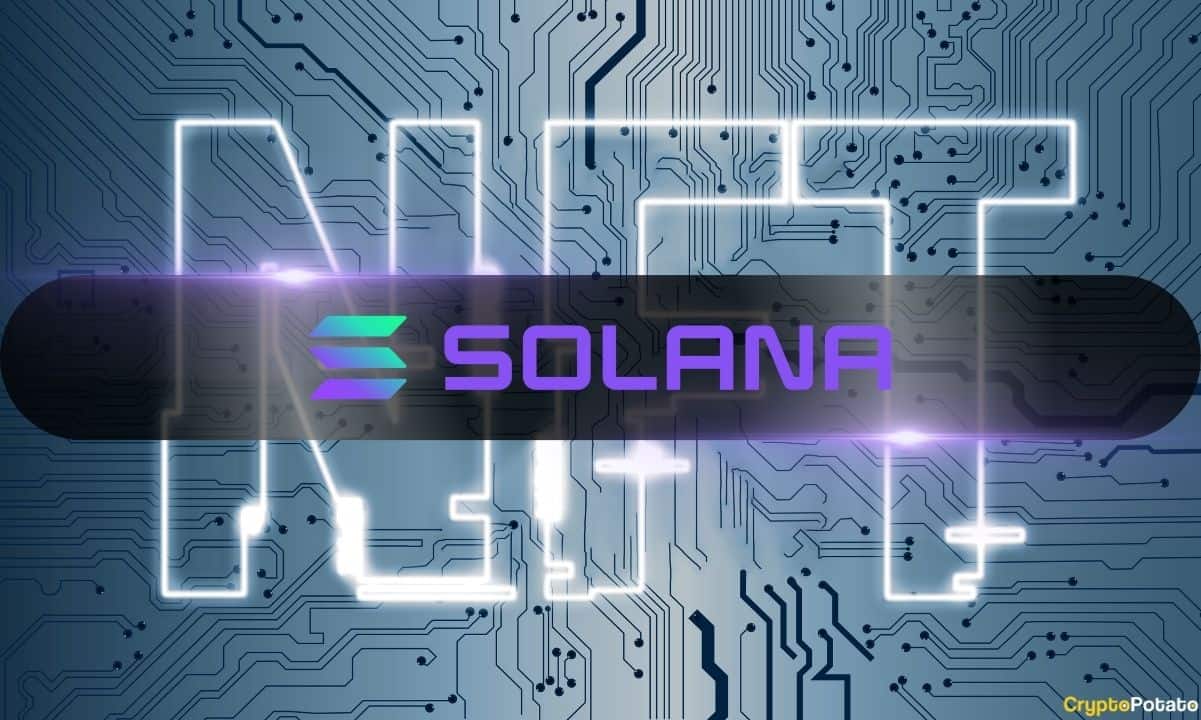Tether (USDT) Clogging Ethereum’s Network, Leaving No Space For DApps
The Ethereum network is close to reaching its maximum capacity. It appears, however, that one of the most heavily transacted tokens on the network is the most popular stablecoin, Tether (USDT). As such, the network faces a serious problem as it may not provide enough room for developers of DApps, which is its original intention.
The Problem With Ethereum and Tether
According to Etherscan, the network utilization of Ethereum is currently around 92%, meaning it’s operating almost at full capacity. One would think that this is because there are far too many decentralized apps built on top of it, but a closer inspection reveals that this is not really the case.
As CryptoPotato reported a couple of days ago, one of the main challenges that Ethereum is facing is the growing usage of the popular stablecoin Tether (USDT). According to its transparency page, about $1.5 billion worth of USDT circulates on Ethereum’s blockchain, representing around 40% of Tether’s entire circulating supply.
What is more, the transaction count of USDT is also steadily increasing. In fact, it’s setting new records.

As seen on the above chart, the total transaction count of USDT reached an all-time high on August 26 – upwards of 131,000 transactions. While it subsequently saw a notable drop, yesterday’s transaction count was also more than substantial, around 92,000 transactions.
As Ethereum’s network is only capable of handling a rather low number of transactions per second, this is inevitably increasing the overall utilization of the network.
In other words, if Tether continues to hog the network’s capacity, developers won’t have enough room to build decentralized apps (DApps).
A Growing Problem
According to DApp-oriented metrics website State of the DApps, there are currently 2,582 decentralized applications built on top of Ethereum, making it the leader in the field. Combined, they possess upwards of 17,600 daily active users.
Interestingly enough, all of those DApps accounted for approximately 68,430 transactions in the past 24 hours. USDT accounted for more than 92,000 transactions, and one can easily see how this can become a problem.
Commenting on the matter was Jeff Dorman, CEO of an LA-based asset management fund:
So the biggest implication today is simply that developers may be incentivized to wait until this transition happens before fully committing to build on Ethereum. […] Tether isn’t helping.
At the same time, there’s growing competition for transaction space on Ethereum’s network, and it is already expensive enough, according to Vitalik Buterin.
What’s the Solution?
The obvious fix for this situation is to increase the number of transactions that the network could handle per second. In other words, the network needs to scale.
We already know that Ethereum’s team is working on two solutions to address that issue, namely, Sharding and Plasma.
Last May, Buterin explained that Sharding and Plasma could scale Ethereum by a factor of 10,000. Sharding is a layer-one scalability solution which is intended to improve the existing blockchain directly. As it stands, every node which runs on the Ethereum network must process every transaction. While this offers a high amount of security, it also implies that the network itself can only be as quick as each individual node. Here’s where Sharding steps in. It describes a condition where the network would be split into smaller partitions, referred to as shards. They would contain independent transaction histories, and each individual node would only have to process the transactions associated with certain shards. This would increase the network’s overall throughput because no single node would have to do all the work.
Plasma, on the other hand, is a layer-two scalability solution. Instead of improving the existing blockchain directly, it takes a special construction connected to it and provides greater throughput. In essence, it’s a solution for carrying out off-chain transactions. In short, Plasma’s intention is to enable the Ethereum blockchain to continue handling the smart contracts for which it was intended, only broadcasting entirely completed transactions without having to validate them on-chain.
It will be interesting to see how Ethereum handles its scalability issue and growing network utilization.
The post Tether (USDT) Clogging Ethereum’s Network, Leaving No Space For DApps appeared first on CryptoPotato.









